In the animal kingdom, the idea of two different species mating and producing offspring is not only fascinating but also a rare occurrence. In this article, we will explore the intriguing phenomenon of polar bears and grizzly bears mating, resulting in the hybrid bear known as a “grolar” or “pizzly” bear. Through an in-depth analysis of their habitats, behaviors, and genetic composition, we aim to provide a comprehensive understanding of this unique interspecies relationship.
Polar Bears and Grizzly Bears Mate
Understanding the differences between polar bears and grizzly bears
Before exploring the possibility of hybridization between polar bears and grizzly bears, it’s important to understand the differences between these two species. Polar bears are adapted to life in the Arctic and have white fur, large paws for swimming, and a diet primarily consisting of seals. Grizzly bears, on the other hand, are found in North America and have brown fur, smaller paws, and a more varied diet that includes berries, fish, and small mammals. Despite these differences, both species are apex predators and play important roles in their respective ecosystems.
Unraveling the Mystery: How Polar Bears and Grizzly Bears Meet
Polar bears (Ursus maritimus) and grizzly bears (Ursus arctos) have distinct habitats that seldom overlap. Polar bears are native to the Arctic Circle, while grizzly bears are found in North America, Europe, and Asia. Climate change, however, has caused a significant shift in these habitats, resulting in a greater likelihood of these two species coming into contact. As the Arctic ice melts, polar bears are forced to venture inland in search of food, leading to encounters with grizzly bears in Canada’s northern territories.
The Mating Process: Courtship and Compatibility
Despite being separate species, polar bears and grizzly bears are genetically similar enough to produce fertile offspring. During the mating season, which typically occurs in spring, both species engage in a courtship ritual that involves scent marking, vocalizations, and physical interactions. Once a compatible pair is established, they mate, and the resulting offspring inherit traits from both parents.
Characteristics of Hybrid Bears: Grolar and Pizzly Bears
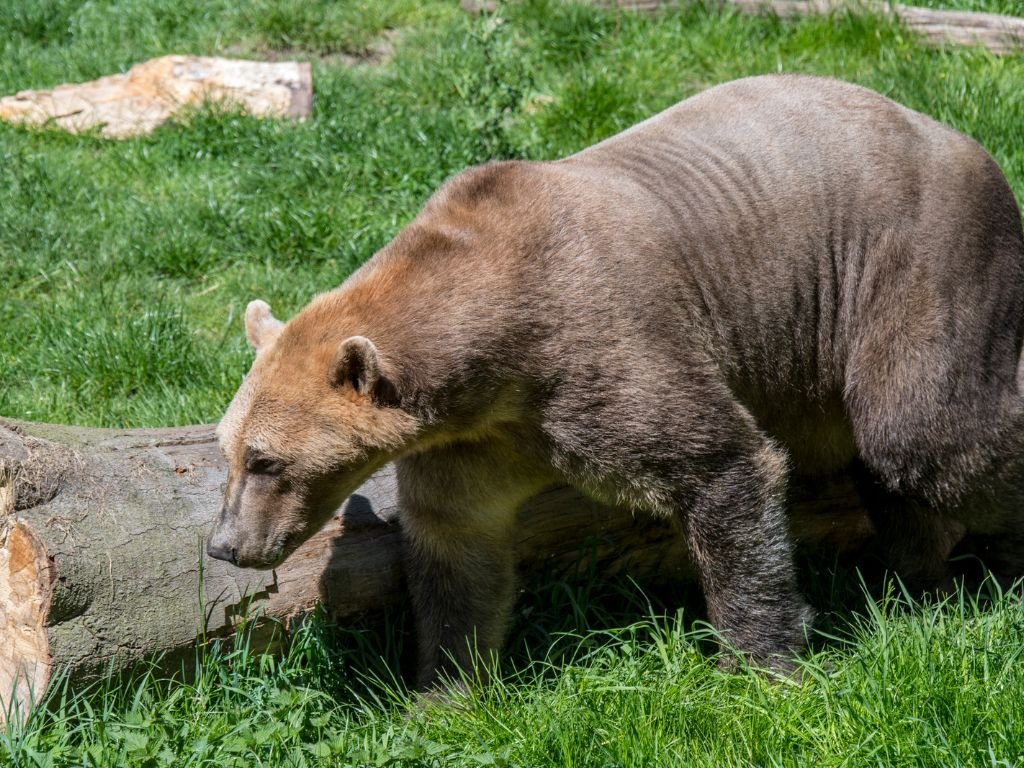
Hybrid bears exhibit a unique blend of characteristics from both polar bears and grizzly bears. Their fur is often an intermediate color between the white of polar bears and the brown of grizzly bears. The shape of their body, head, and claws is also a mix of the two species, with the length of their legs falling between that of their parents. In terms of behavior, hybrid bears exhibit a combination of traits from both species, including their diet and hunting techniques.
The Role of Genetics: Understanding the Hybrid Bear Genome
The grolar and pizzly bear hybrids owe their existence to the genetic compatibility of polar bears and grizzly bears. Their genetic makeup contains a mix of genes from both species, with recent studies showing that the mitochondrial DNA of hybrids is inherited from their polar bear mother, while the nuclear DNA is a blend of both parents. The genetic variability in hybrid bears offers potential benefits in terms of adaptation to changing environments.
Hybrid Bear Populations: Distribution and Conservation Challenges
Hybrid bears have been observed in the wild and in captivity since the early 2000s. While their exact population size is unknown, sightings have primarily been reported in northern Canada and Alaska, where the habitats of polar bears and grizzly bears overlap. The emergence of hybrid bears presents conservation challenges as it could signify a decline in purebred populations of both parent species, which are already threatened by habitat loss, climate change, and human activities.
The potential consequences of hybridization for both species
While the idea of a polar bear and grizzly bear hybrid may seem fascinating, there are potential consequences for both species. Hybridization could lead to a loss of genetic diversity and adaptation in both populations, as well as potential competition for resources. Additionally, the offspring of such a mating may not be able to survive in either the Arctic or North American ecosystems, as they may not have the necessary adaptations for survival in either environment. It’s important to continue studying and monitoring these species to ensure their long-term survival and health.
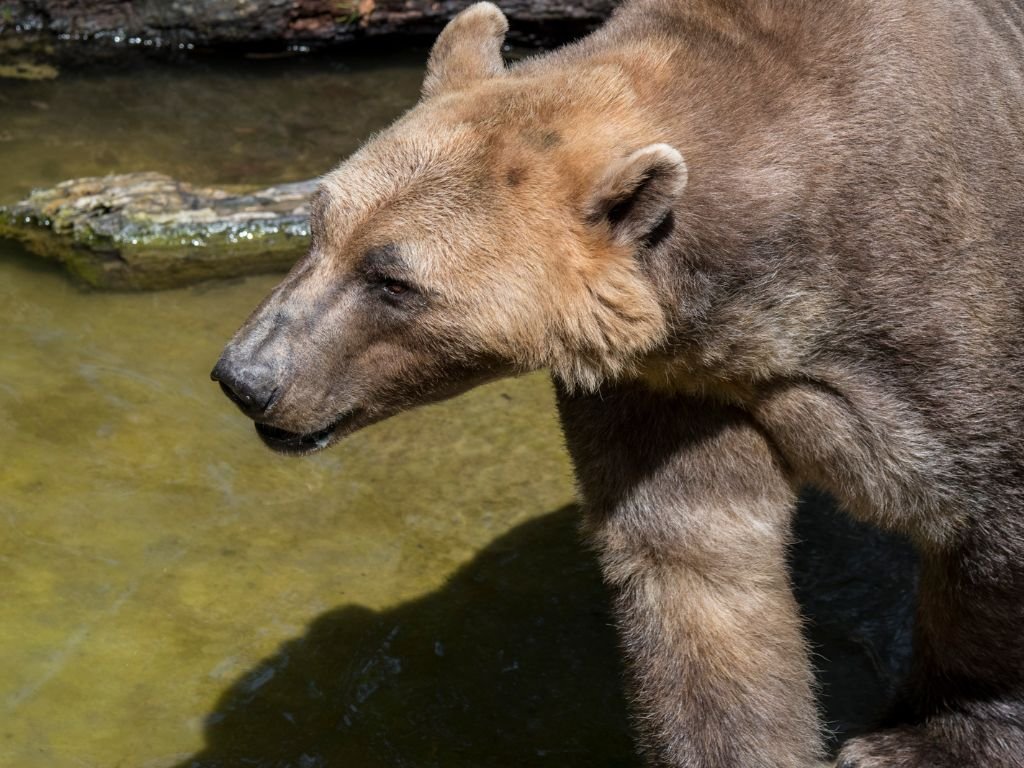
The role of climate change in the potential increase of hybridization.
Climate change is a major factor that could potentially increase the likelihood of polar bears and grizzly bears mating. As the Arctic ice melts and polar bears are forced to move further south in search of food, they may come into contact with grizzly bears more frequently. This increased interaction could lead to more opportunities for hybridization to occur. Additionally, as the climate continues to change, the habitats of both species may shift, further increasing the chances of hybridization. It’s important for researchers to continue monitoring these changes and their potential impact on bear populations.
The Future of Hybrid Bears: Implications for the Ecosystem and Conservation
The mating of polar bears and grizzly bears and the resulting hybrid bears have significant implications for the Arctic ecosystem and the future of bear conservation. As climate change continues to alter the landscape, interspecies mating may become more common, potentially leading to the decline or even extinction of purebred populations. To safeguard these iconic species and maintain the delicate balance of their ecosystems, collaborative conservation efforts and habitat preservation initiatives are of paramount importance.
The importance of continued research and conservation efforts for both polar bears and grizzly bears.
As the potential for hybridization between polar bears and grizzly bears increases, it’s important for researchers and conservationists to continue their efforts to protect both species. This includes monitoring their populations, studying their behavior and habitat, and implementing conservation measures to ensure their survival. By understanding the potential impacts of climate change and human activity on these bears, we can work towards preserving their unique genetic makeup and ecological roles in their respective habitats.

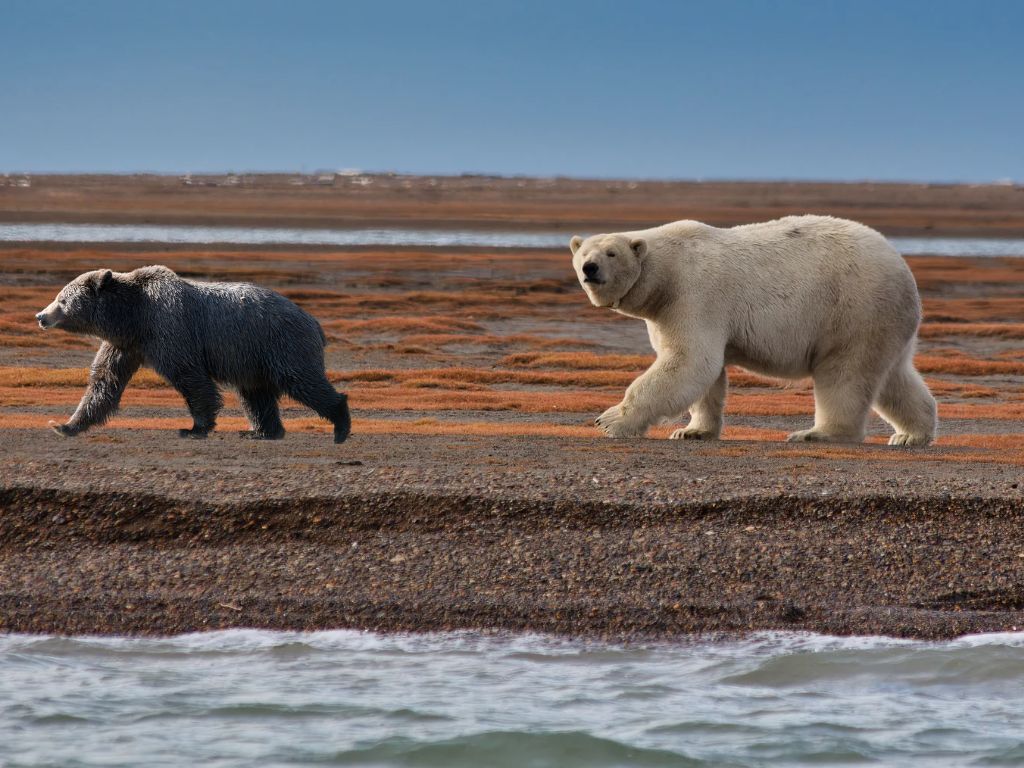
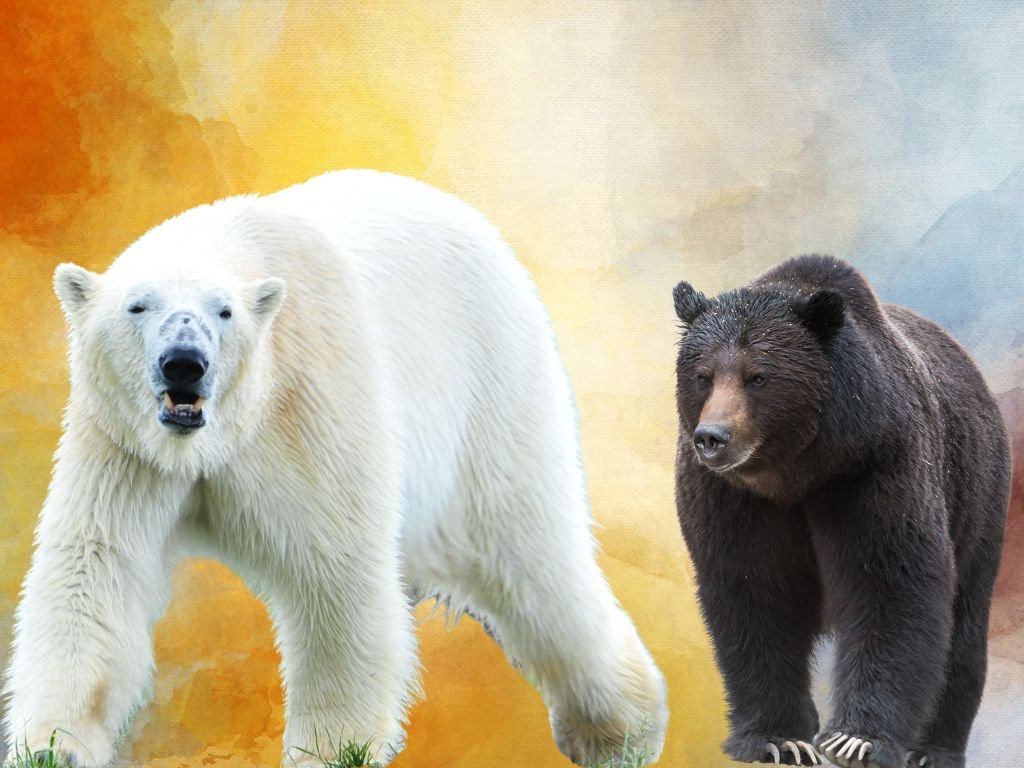
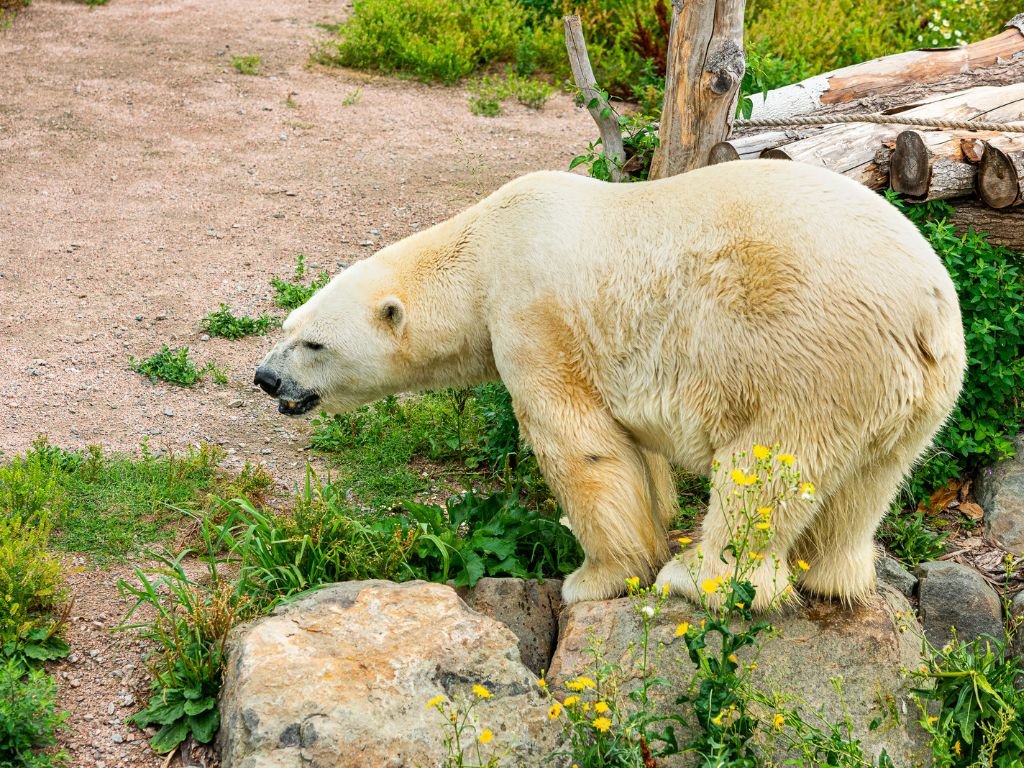
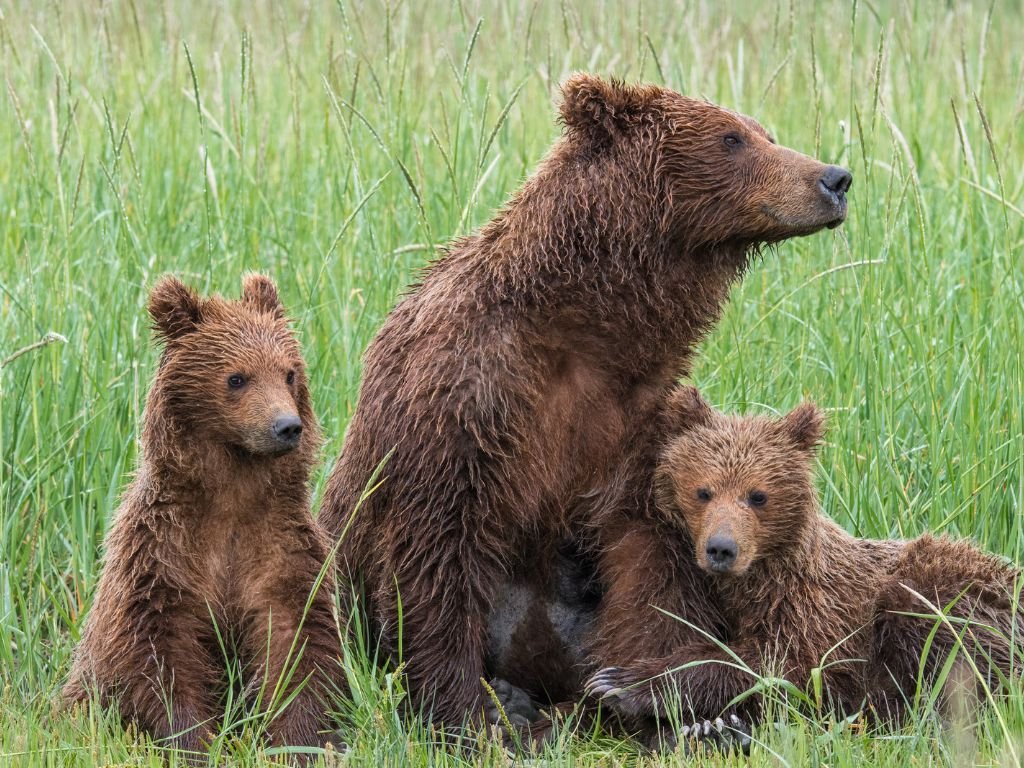
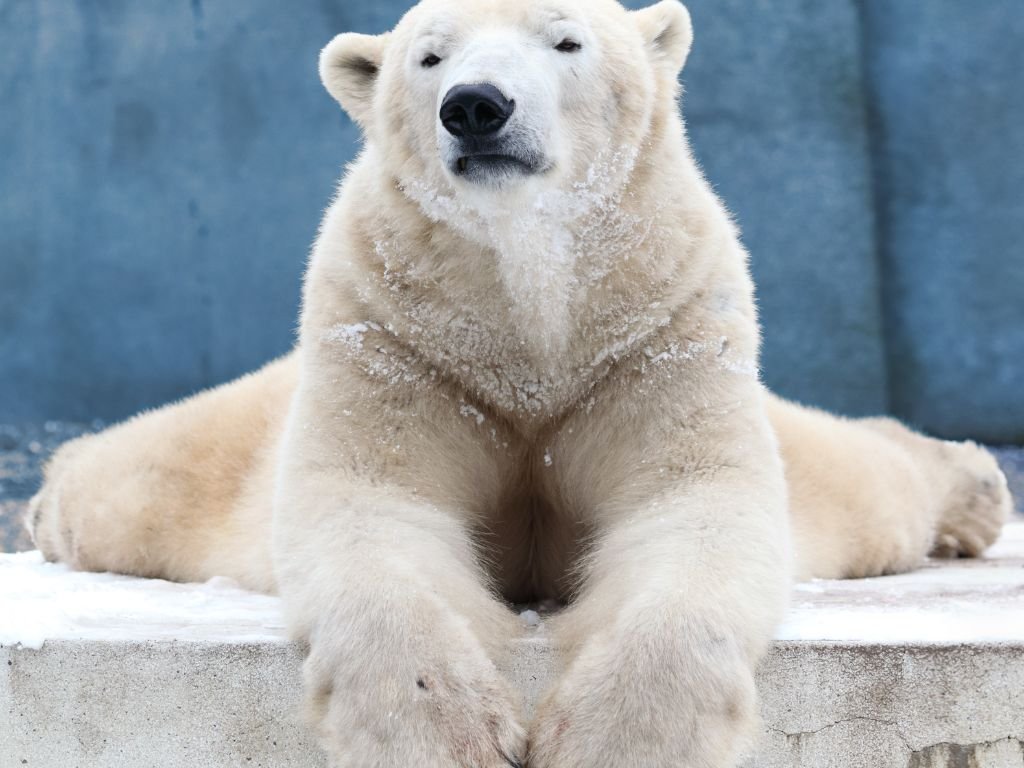
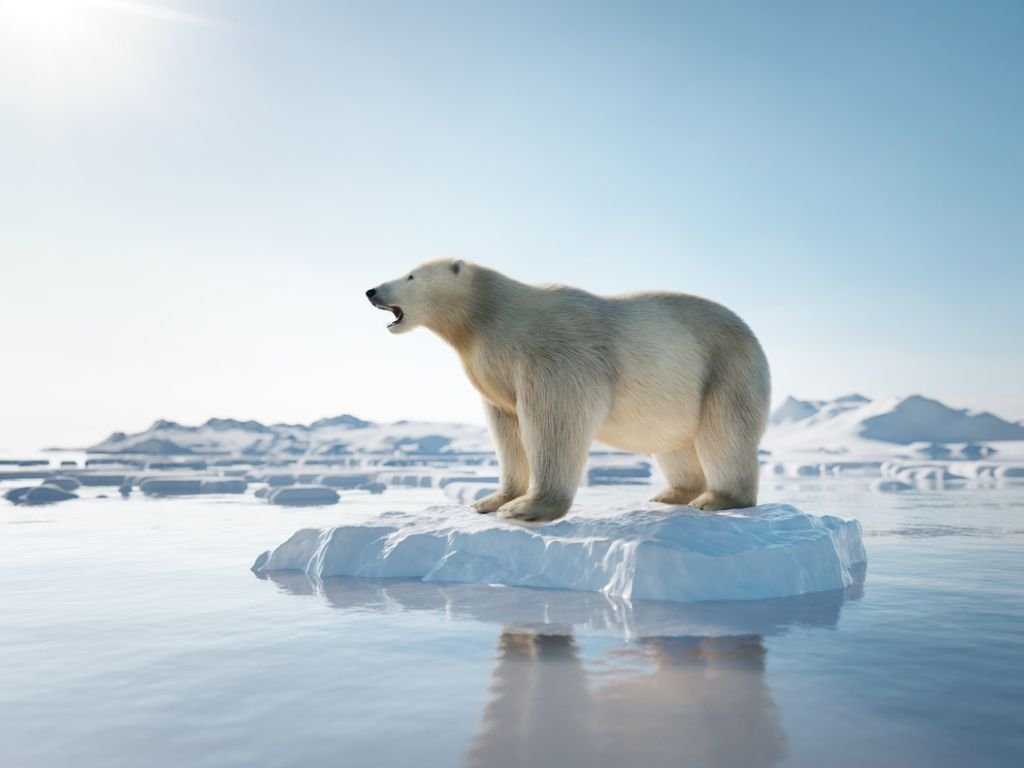





Leave a Reply